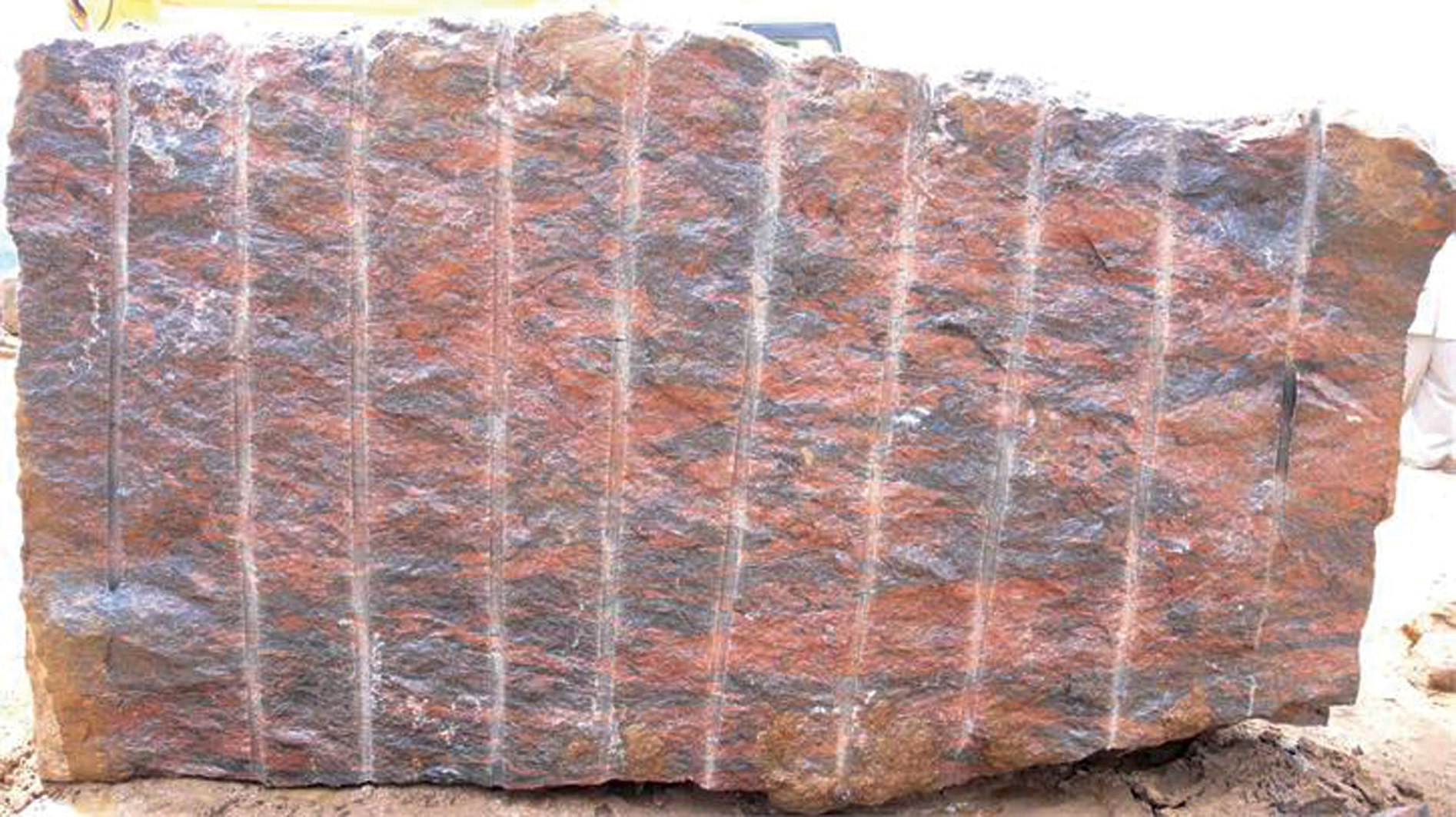Unearthing the Rich History and Lasting Practices of Granite Quarrying
As we base on the precipice of uncovering the complex tapestry of granite quarrying, a journey through time discloses not simply the physical act of drawing out rock however additionally the social and historical value woven right into the extremely textile of this method. From the old origins that laid the foundation for modern-day quarrying strategies to the sustainable techniques that are shaping the future of this sector, each chisel mark on granite surfaces narrates waiting to be discovered (granite quarries in south africa). The heritage of granite quarrying stretches much past mere removal; it is a testament to human ingenuity, durability, and the long-lasting attraction of this magnificent rock
Old Origins of Granite Quarrying
Going back to ancient civilizations, the practice of quarrying granite has been an important component of human background and building development. The earliest evidence of granite quarrying days back to old Egypt, where substantial pyramids and intricate sculptures were crafted from this sturdy stone. The Egyptians utilized primitive tools to extract granite blocks from quarries, showcasing the value of this product in their significant building and constructions.
Moving forward in history, the Greeks also made considerable contributions to the quarrying of granite. The Greeks utilized granite in different building wonders, such as temples and statues, demonstrating their skill in shaping and carving this sturdy rock. The Romans additionally refined the strategies of quarrying granite, utilizing advanced tools like chisels and hammers to essence and shape granite for their famous frameworks.
Via the centuries, the practice of quarrying granite has actually evolved, with modern technologies improving effectiveness while maintaining the timeless appeal of this natural rock - granite quarries in south africa. From old human beings to modern contractors, the tradition of granite quarrying proceeds to form our globe
Development of Quarrying Methods
The evolution of quarrying methods has been noted by a continuous progression in the direction of higher performance and precision in removing granite. Early quarrying techniques included hand-operated labor with fundamental devices such as chisels, hammers, and wedges to remove granite blocks from the earth.
In even more recent times, the arrival of machinery transformed the quarrying industry, making it possible for quicker extraction rates and raised efficiency. Technologies such as ruby wire saws, high-pressure water jets, and pneumatically-driven drills have actually become typical in modern-day quarries, permitting specific cutting and decreased waste. In addition, improvements in computer-controlled equipment and 3D modeling have optimized quarrying procedures, causing very little environmental effect and improved sustainability techniques. As the demand for granite proceeds to rise, the development of quarrying techniques stays important to conference sector requires successfully and sustainably.
Cultural Importance of Granite
Granite holds a profound social relevance throughout different worlds due to its enduring visibility in building masterpieces and admired monuments. From the magnificent pyramids of Egypt to the intricate makings of the Angkor Wat holy place in Cambodia, granite has been a material of choice for sharing magnificence and durability in cultural heritage. In old Rome, granite columns decorated temples and public structures, signifying stamina and permanence. The social relevance of granite prolongs beyond its physical attributes; it personifies durability, stability, and eternity, making it a symbol of sustaining traditions and traditions.

Sustainable Practices in Quarrying
Amidst the abundant background of go to website granite quarrying and its social relevance lies a growing focus on lasting methods within the market. As ecological recognition and problems concerning source depletion have heightened around the world, the quarrying sector has increasingly welcomed lasting approaches to decrease its influence on the environment and bordering neighborhoods.

Additionally, improvement and rehab of quarry sites post-extraction are important to lasting methods. By bring back quarried areas to a natural or helpful state, such as developing wild animals environments or entertainment rooms, quarriers can balance out the environmental footprint of their procedures and contribute favorably to the local ecological community.
Legacy of Granite Quarrying
With a historical background soaked in workmanship and industrial progress, what enduring influence has granite quarrying left on the landscape of modern-day culture? The tradition of granite quarrying transcends plain removal methods; it has shaped building view it now marvels, urban landscapes, and cultural heritage worldwide. The durable nature of granite has actually made it a favored choice for monuments, structures, and facilities, standing as a testament to the ability and creativity of quarry workers throughout generations.
Additionally, the economic impact of granite quarrying can not be forgotten. The market remains to give work opportunities and drive local economies in areas where granite extraction is prevalent. It has actually likewise spurred technical innovations in quarrying methods and equipment, leading to a lot more reliable and lasting practices.
In regards to sustainability, the legacy of granite quarrying consists of efforts to mitigate ecological impacts via improvement tasks and accountable source administration. By balancing financial interests with ecological stewardship, the market aims to ensure that future generations can remain to gain from this long-lasting natural source.
Final Thought
